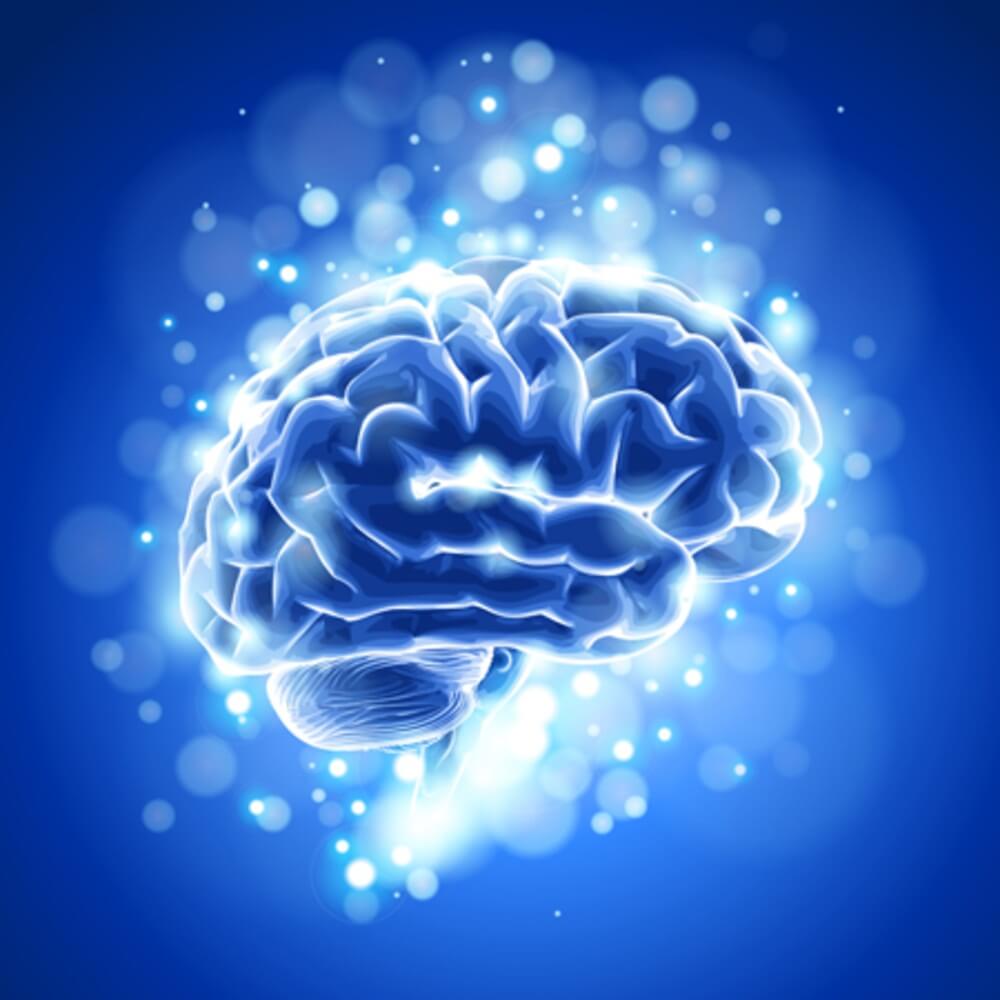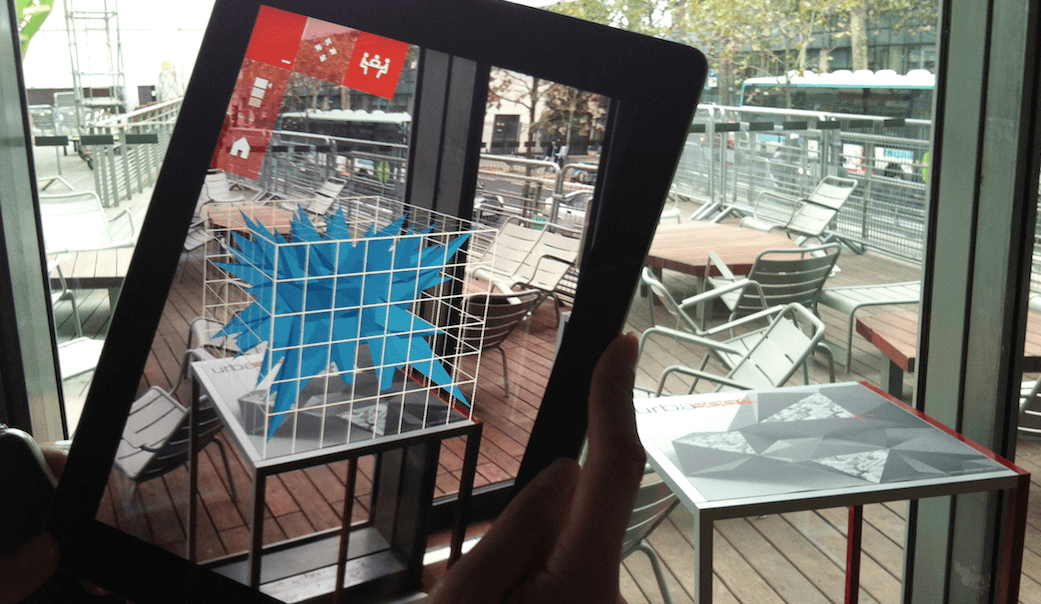We owe a lot to artificial intelligence (AI). With thanks to AI, many manufacturing processes have been simplified, medical procedures have become easier to carry out, and now scientists are using it to decipher our own natural intelligence. In 2011, Jack Gallant’s neuroscience lab showed how to recreate movie clips simply by observing the brain activity of those that were watching the movies. The individual images were regenerated on a computer just by scanning the thoughts of the person watching it. Pretty neat, eh? A similar study was also conducted in 2015 when Gallant’s team were able to successfully predict which famous painting people were thinking about simply by observing their brain activity.
This past year saw Gallant’s lab producing an atlas of where more than 10,000 individual words can be found within the brain. All of these successes have been made possible through the use of machine learning techniques. This allows neuroscientists to gain a much deeper understanding of workings of the brain. Gallant’s theory is that we should use machines to get to the bottom of our minds. They would stand a much better chance of recognizing patterns of the brain and could figure out how to mend the brain when suffering from disease or illness.
** PLEASE READ THE CAPTION TO UNDERSTAND THIS VIDEO **
The left clip is a segment of a Hollywood movie trailer that the subject viewed while in the magnet. The right clip shows the reconstruction of this segment from brain activity measured using fMRI. The procedure is as follows:
[1] Record brain activity while the subject watches several hours of movie trailers.
[2] Build dictionaries (i.e., regression models) that translate between the shapes, edges and motion in the movies and measured brain activity. A separate dictionary is constructed for each of several thousand points at which brain activity was measured.
(For experts: The real advance of this study was the construction of a movie-to-brain activity encoding model that accurately predicts brain activity evoked by arbitrary novel movies.)
[3] Record brain activity to a new set of movie trailers that will be used to test the quality of the dictionaries and reconstructions.
[4] Build a random library of ~18,000,000 seconds (5000 hours) of video downloaded at random from YouTube. (Note these videos have no overlap with the movies that subjects saw in the magnet). Put each of these clips through the dictionaries to generate predictions of brain activity. Select the 100 clips whose predicted activity is most similar to the observed brain activity. Average these clips together. This is the reconstruction. Via Jack Gallant / YouTube
The current fMRI machine that’s in use across the world today only gives a very limited view of what’s really going on inside the brain. But, they still give us a representation of the different areas of the brain and how they react in certain circumstances. However, one thing scientists aren’t sure of is what role that particular area plays in the actual behavior itself. Machine learning could change all this by recognizing patterns that the human eye is unable to see. When we talk about machine learning what we are referring to is technology that can teach itself to recognize objects patterns, etc. at near human levels. However, most of these machines will need to be human trained first of course, but the more training they receive, the more intelligent they become.
Two areas that machine learning is being used by neuroscientists are in decoding and encoding. Decoding involves predicting what participants are looking at by studying their brain activity, while encoding is where machine learning tries to predict what sort of pattern of brain activity a particular stimulus may create. One neuroscientist, Brice Kuhl, recently used decoding techniques to use fMRI data alone to reconstruct the images that participants were viewing.
Alex Hoth, a postdoc in Gallant’s lab, conducted an experiment that showed just how good machine learning could be when used under the right circumstances. It involved having several participants listen to two hours worth of The Moth storytelling podcast while an fMRI machine recorded their brain activity. The idea was to link up certain areas of brain activity with certain words. But, that’s far too much data for a mere human to handle, so Huth created a program that revealed an atlas of where particular words lived within the brain.
Neuroscientists are hopeful that machine learning techniques could be adapted to diagnose and treat mental disorders such as schizophrenia in the near future. Machine learning could also be used in predicting how a patient’s brain is going to respond to a particular depression treatment medication. Dan Yamins, a computational neuroscientist at MIT, says, “Right now psychiatrists have to guess which medication is likely to be effective from a diagnostic point of view. Because what presents symptomatically is not string enough picture of what’s happening in the brain.”
Epilepsy patients could also benefit from the advantages of machine learning by being told when a seizure is about to strike, giving the person more time to get somewhere safe. This prediction technology could potentially save the lives of millions of sufferers worldwide. To test the possibility of this, Christian Meisel, a neuroscientist at the National Institutes of Health, took months and years worth of data in the form of EEG recordings of three epilepsy patients and used deep learning techniques to analyze the information in the search for patterns. Although the machine isn’t yet at perfect prediction, it’s pretty close, with a score of 0.8/1.
Machine learning can’t solve every problem in neuroscience, especially with the lack of quality data there is. Gael Varoquax, a computational scientist, says “If we had an infinite amount of imaging data, you would not get perfect prediction because those imaging procedures are very imperfect.” But we’re getting smarter, and machine learning is getting better at understanding the brain, and it won’t be too long before machine learning is used across all areas of the healthcare industry.
More News To Read
- Scientist Discovered That Liquid Water Might Actually be in Two Distinctly Different States
- Intel Gets Closer To Offering Quantum Computing Through Everyday Silicon
- How Scientists Are Planning to Replace Antibiotics
- Are Today’s VR Headsets really all they’re Hyped up to be?
- Will Planet 9! Be Making an Appearance Soon?











